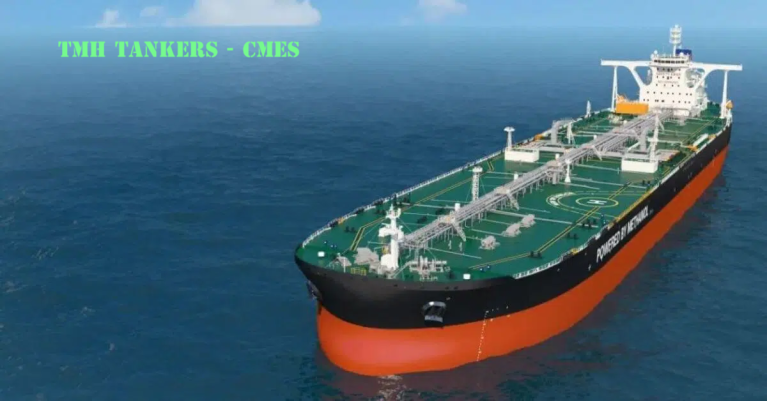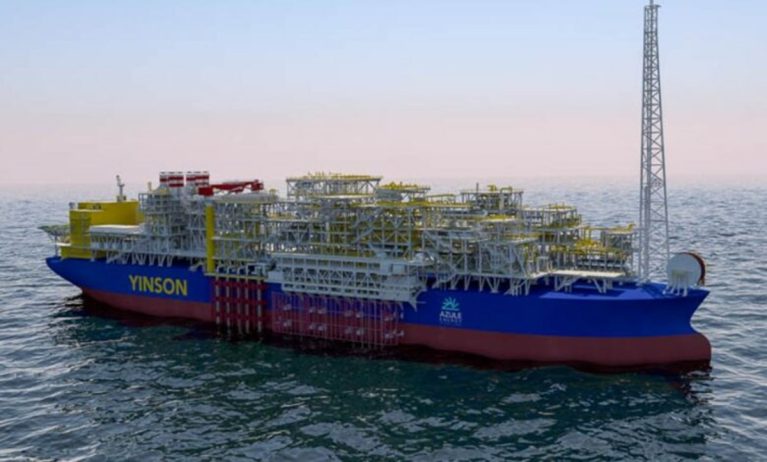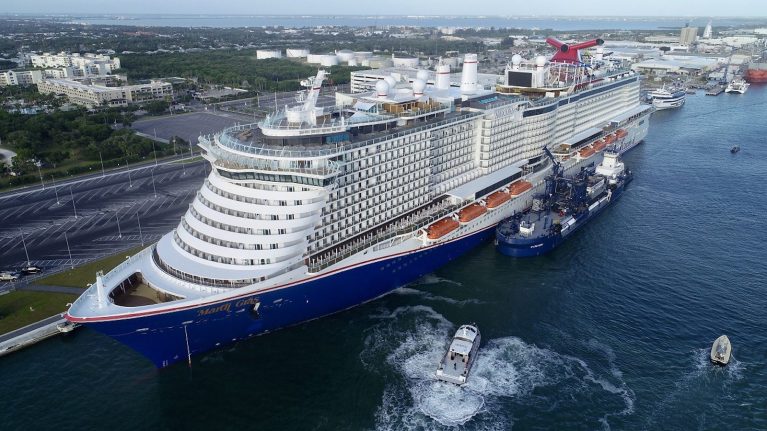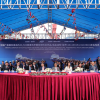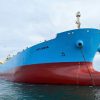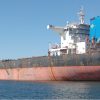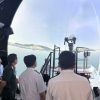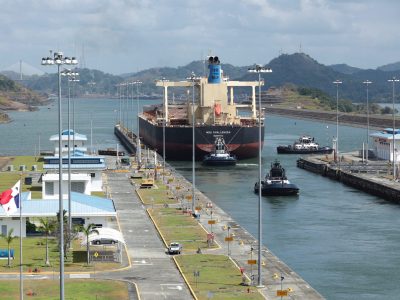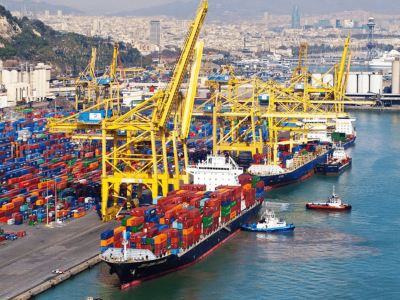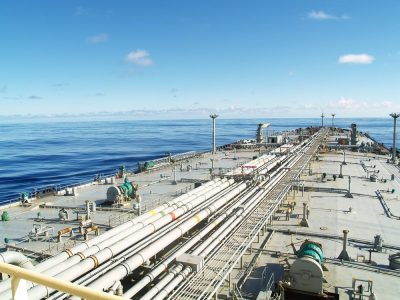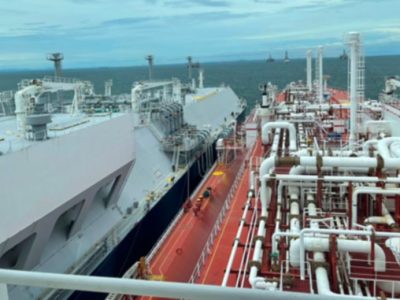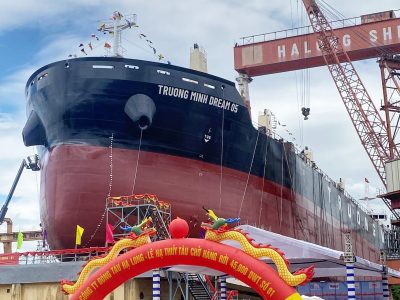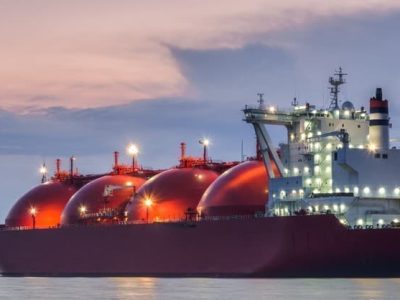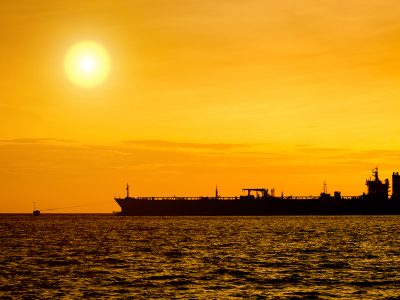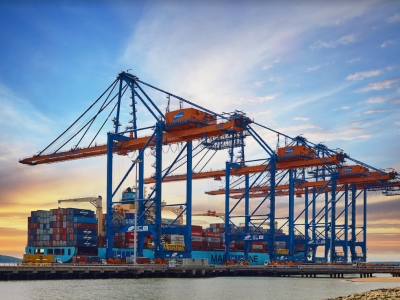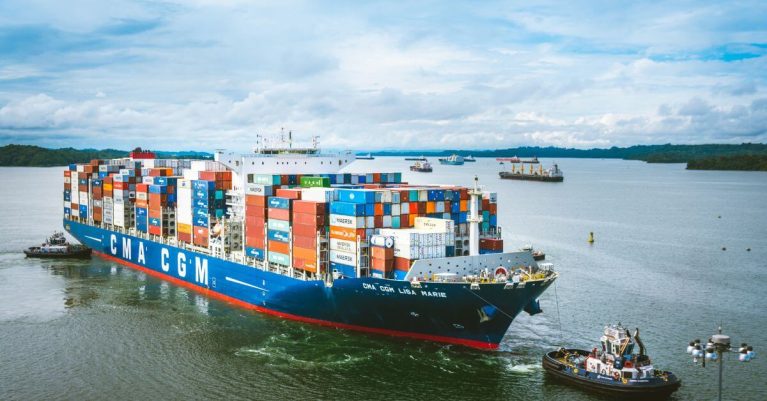By GMM Technologies | 2025-06-13 | Maritime Industry News |
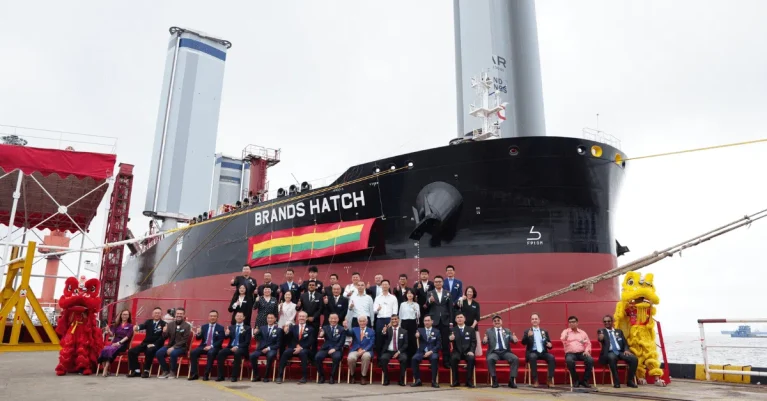
China has named and launched the world’s first wind-assisted long-range 2 (LR2) oil tanker, ‘Brands Hatch’, at Shanghai Waigaoqiao Shipbuilding (SWS) on June 11, 2025.
The vessel was built for Union Maritime Ltd (UML), a UK-based tanker owner and operator. It is the first in a series of 14 LR2 tankers that will feature wind-assisted propulsion systems (WAPS) to reduce fuel use and cut emissions.
The 250-meter-long and 44-meter-wide Aframax-class vessel can carry around 800,000 barrels of crude oil. It is equipped with three rigid WindWings, each measuring 37.5 meters tall, developed by UK-based BAR Technologies and manufactured by CM Energy Tech (CMET) in China. The WindWings are designed to harness wind power to support propulsion and improve fuel efficiency.
According to Union Maritime, the wind-assisted system is expected to reduce fuel consumption by around 1,200 tonnes annually, which equals a reduction of over 3,800 tonnes of carbon dioxide emissions annually.
Shanghai Waigaoqiao Shipbuilding, a part of China State Shipbuilding Corporation (CSSC), called the new tanker “a step forward in sustainable shipbuilding technology” on its social media platforms. It also stated that the ship “redefines sustainable shipping by merging wind power with cutting-edge technology.”
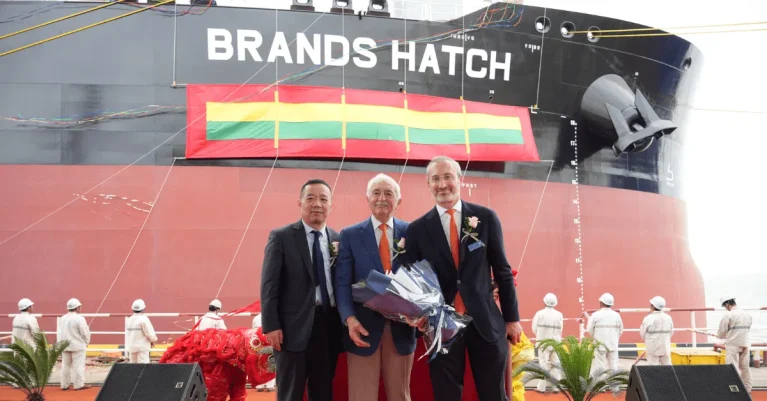
Last year, UML and BAR Technologies had signed a partnership to install wind-assisted propulsion on 34 new ships, including 14 LR2 tankers, 12 chemical tankers, and 8 medium-range (MR) tankers.
As per UML estimates, the rigid sail technology used in these ships will save about 1.5 tonnes of fuel per wing per day, and reduce around 6 tonnes of CO2 emissions per wing daily when operating on standard international routes.
During testing, engineers at the SWS Design and Research Institute reported that under ideal sea conditions with 20-knot wind speeds, the WindWings on ‘Brands Hatch’ could help save up to 14.5 tonnes of fuel daily. This translates to about 12–15% in fuel savings.
The biggest technical challenge during construction was installing and configuring the intelligent sail-assisted system. According to Huang Yiming, Assistant Dean at the SWS Design and Research Institute, the process required very precise controls.
Engineers used laser positioning and high-precision mechanisms to ensure the three large sails could raise and lower smoothly and remain stable at sea.
Union Maritime’s CEO, Laurent Cadji, said that China had proven itself as a global leader in shipbuilding. He added that despite the growing complexity in global shipping, China’s focus on quality and innovation makes it a reliable partner.
UML is currently building over 50 new ships, mostly in Chinese yards. The company is also working with Finnish company Norsepower to install rotor sails on its smaller vessels.
The sea trials of ‘Brands Hatch’ have already started, and the vessel is set for official delivery on June 16. Once delivered, it will operate on UML’s European routes.
Shanghai Waigaoqiao Shipbuilding has already built nearly 60 Aframax tankers and has more than 20 such vessels on order.
References: CGTN, offshore energy

